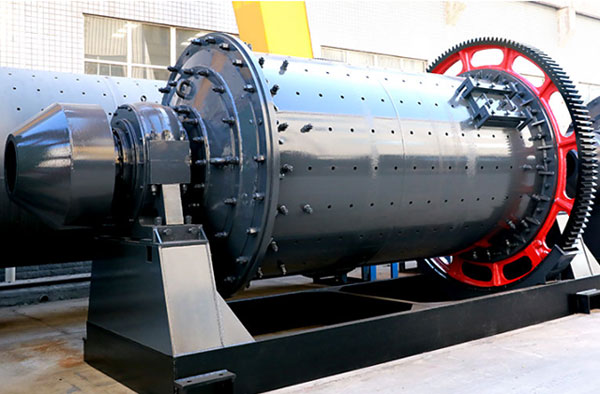A ball mill is a crucial equipment used in the process of crushing and grinding materials into smaller particles. It is widely used in various industrial sectors like mining, cement, ceramics, and construction. The design and components of a ball mill can vary widely depending on the application and specific requirements. In this article, we’ll explore the different parts of a ball mill and their functions.

Mill Shell: The mill shell is the outer cylindrical part of the ball mill, responsible for containing the grinding media and the material being processed. It protects the inner components of the mill and is made of various materials, such as steel, stainless steel, or rubber, depending on the application.
Mill Liners: Mill liners are protective linings inside the mill shell, designed to protect it from wear and abrasion due to the grinding process. They are usually made of rubber, metal, or a combination of both. The choice of material depends on factors like the type of material being ground and the milling conditions.
Grinding Media: Grinding media are the balls, rods, or pebbles used to perform the grinding process within the ball mill. The type and size of the grinding media depend on the material being processed and the required fineness of the final product.
Mill Drive System: The mill drive system is responsible for generating the rotational motion required for the grinding process. It consists of an electric motor, gearboxes, and couplings to transmit power to the mill. The drive system can be either gear-driven or central driven.
Discharge System: The discharge system is responsible for removing the ground material from the mill. It typically consists of a grate or screen that allows fine particles to pass through while larger particles are retained and recirculated for further grinding.
Inlet and Outlet Port: The inlet port is where the material is fed into the ball mill, while the outlet port allows the ground material and grinding media to exit the mill. The design of these ports ensures a smooth flow of material through the mill.
Trunnion Bearings: Trunnion bearings support the mill’s rotating motion and are located at each end of the mill. They are usually made of bronze or white metal and provide a low-friction surface for the mill to rotate on.
Girth Gear: The girth gear is a large ring gear that is mounted around the mill shell. It meshes with the pinion gear and is responsible for transmitting the rotational motion from the drive system to the mill.
Pinion Gear: The pinion gear is a small gear connected to the mill’s drive system. It meshes with the girth gear and helps in transmitting the rotational motion to the mill.
Feed Chute: The feed chute is a duct or pipe through which the material is fed into the mill. It ensures a smooth and controlled flow of material into the grinding chamber.
Control System: The control system manages the operation of the ball mill, including starting, stopping, and adjusting the milling process. It ensures the mill operates at optimal conditions and can include various sensors and automation features.
Supporting Structure: The supporting structure holds all the components of the ball mill together and provides stability during operation. It is usually made of steel and must be robust enough to handle the forces generated during the grinding process.
